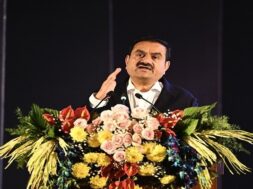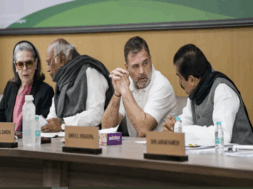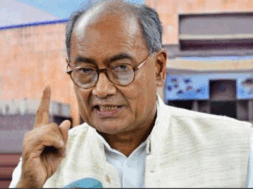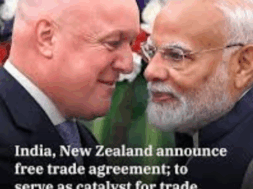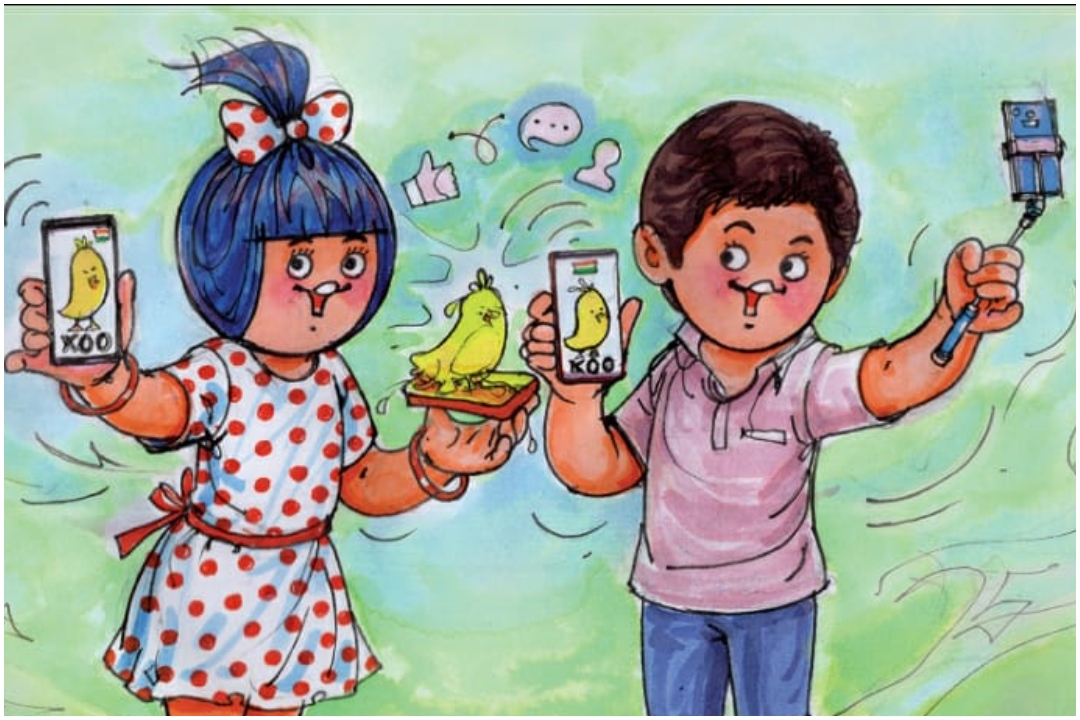
Social media: India’s own Koo gets over 10m users, challenges Twitter
Virendra Pandit
New Delhi: With the global microblogging site Twitter Inc.’s ‘negative engagement’ with the Government of India, indigenously-developed rival Koo gathered more than 10 million users, challenging the San Francisco-based major.
The fact that Koo can also be used by non-English speaking Indians is a major factor for its rise on the country’s social media horizon. More, it plans to expand to other non-English speaking countries.
According to media reports on Tuesday, Koo, India’s alternative to Twitter, has surged past 10 million users to narrow the gap with the U.S. microblogging site.
The 16-month-old Koo, which allows users to send tweet-like posts in English and seven Indian languages, including Hindi and Kannada, has seen about 85 percent of its users join since February this year when Twitter’s disputes with the government escalated. Ministers, opposition politicians, cricket stars, and Bollywood celebrities have since begun posting in Indian languages on Koo.
Twitter, which had 17.5 million monthly users earlier this year in India, complied with the new government rules this month after appointing new India-based executives, including one to handle compliance.
“We came into the limelight because of Twitter’s tension with the government, but users soon realized they can express in their mother tongue only on Koo,” said Aprameya Radhakrishna, Co-Founder, and CEO of the Bangalore-headquartered app.
“Our app connects English-speaking India to non-English speaking users in a country with 700 million Internet users.”
After controversies, and a court ruling that the US-based company was in “total non-compliance” with India’s new Information Technology rules, Twitter assured the court to fully comply. Facebook-owned WhatsApp’s tussle with the government over new IT rules is also pending in the courts.
In the backdrop of these controversies, Koo benefited. It is targeting some 100 million first-time IT users desirous of using local languages, per annum.
Besides, the Indian start-up plans to expand in Southeast Asia, Africa, South America, and Eastern Europe, where English is not the dominant language.
“An Indian social media start-up is taking on a global giant and has a very good chance of winning,” Radhakrishna remarked.

